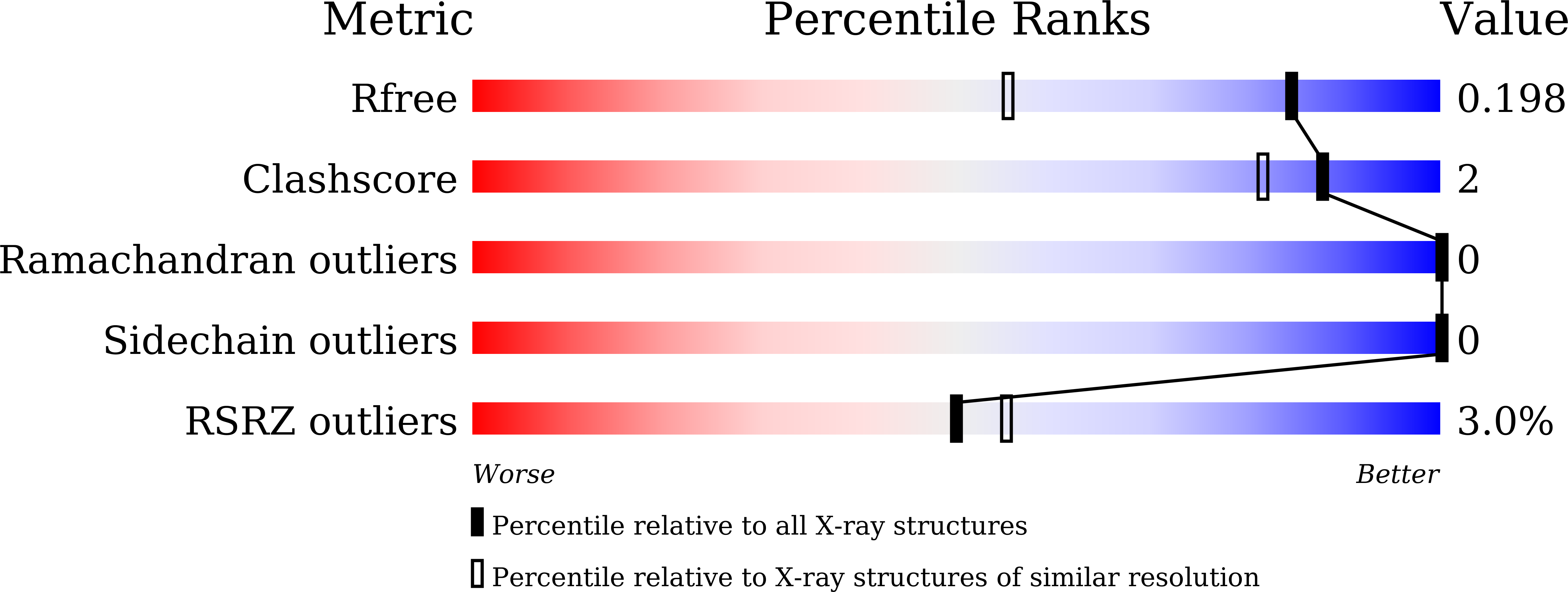
Deposition Date
2021-05-14
Release Date
2022-02-23
Last Version Date
2023-11-29
Entry Detail
PDB ID:
7ETT
Keywords:
Title:
The FK1 domain of FKBP51 in complex with peptide-inhibitor hit QFPFV
Biological Source:
Source Organism:
Homo sapiens (Taxon ID: 9606)
synthetic construct (Taxon ID: 32630)
synthetic construct (Taxon ID: 32630)
Host Organism:
Method Details:
Experimental Method:
Resolution:
1.50 Å
R-Value Free:
0.19
R-Value Work:
0.18
R-Value Observed:
0.18
Space Group:
P 21 21 21


